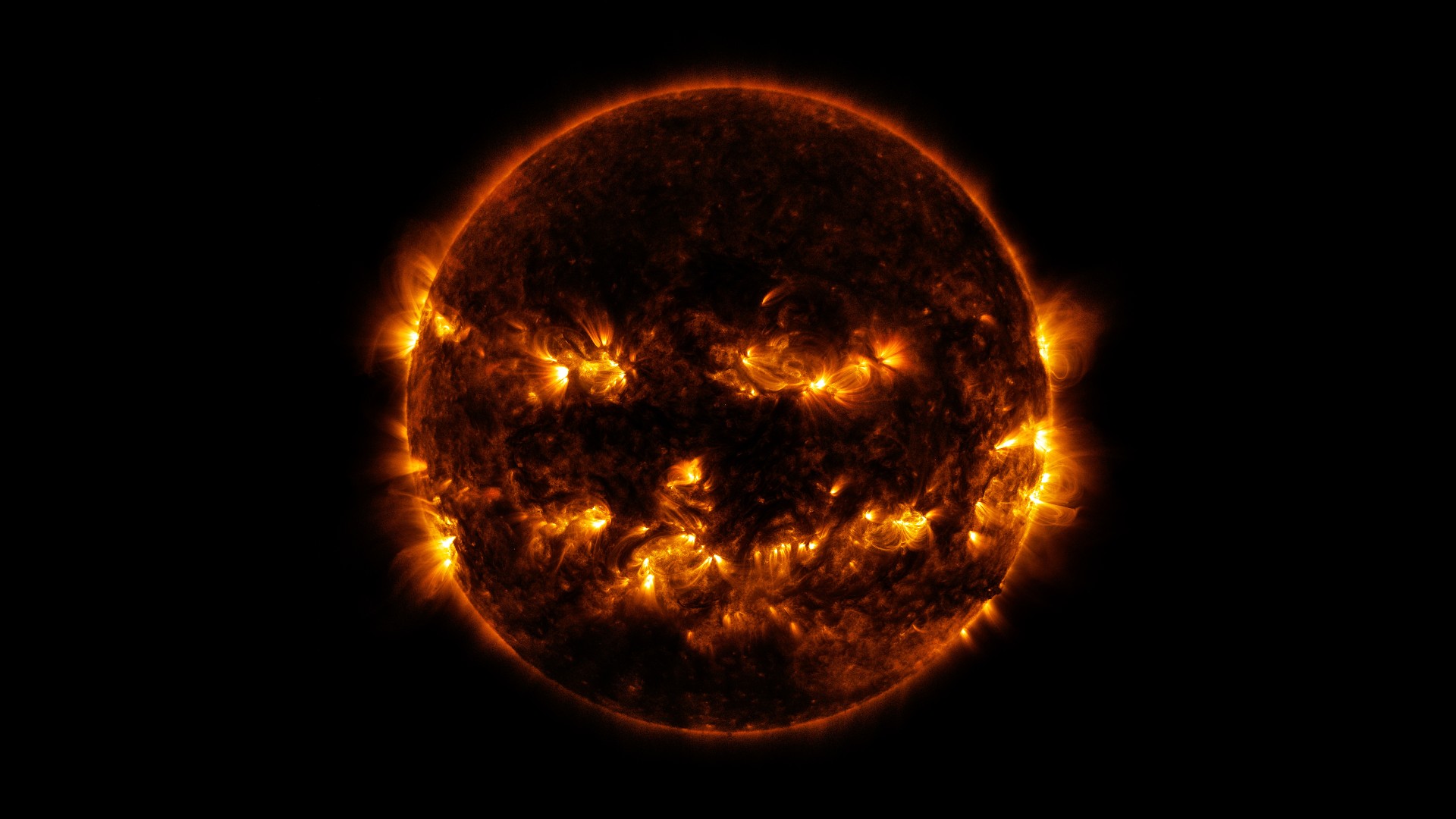What is the largest known star in the universe? (What about the smallest?)
The big stars make our sun look puny.

As far as stars go, our sun gets a lot of fanfare. Not only does life on Earth literally revolve around it, it dwarfs the rest of the stars in the sky — from our perspective, at least. But if you zoom out to the far reaches of our galaxy, the sun no longer looks like such a giant. In fact, it's pretty average in size. So what is the largest known star in the universe?
The answer depends on whether you're talking about mass or the total volume of a star — that is, how much space it takes up, said Phil Massey, an astronomer at the Lowell Observatory in Flagstaff, Arizona. The heaviest stars are often unremarkable when it comes to physical size, and the most voluminous stars are often lightweights. That's because as stars get older, they tend to expand and shed mass. "It's like talking about people," Massey said, "The tallest people may not weigh the most."
Let's say you're talking about mass. The record holder there is the star R136a1, Massey said. It's located about 160,000 light-years from Earth in the Large Magellanic Cloud, a small galaxy that orbits the Milky Way. In diameter, this star is 30 to 40 times the size of our sun — picture a cherry next to a giant yoga ball that is more than 200 times more massive. This star is also relatively young — roughly 1 million years old compared with our sun's 4.5 billion years — and "hasn't done much cooling off or expanding," according to Massey.
Related: How long do stars live?
If the biggest star in the universe is the one with the largest diameter, there are a number of contenders, Massey said. At the top of that list is UY Scuti. This red hypergiant's diameter is roughly 1,700 times that of the sun, according to a 2013 study published in the journal Astronomy and Astrophysics. If the sun were a cherry, UY Scuti would be a 10-story-high sphere. But there's a lot of uncertainty in determining the diameter of very distant stars (UY Scuti is about 9,500 lightyears from Earth — give or take 1,000 lightyears). To do so, scientists need to know how much light the star produces, a slippery figure due to the fact that stars appear dimmer with distance and brighter close up. Add that to the fact that red hypergiants like UY Scuti are often "variable," meaning their brightness flickers and flares over time, and you end up with a large margin of error, Massey said.
For example, the authors of the 2013 paper reported that UY Scuti could be up to 192 solar radii — a measurement based on the sun's radius — larger or smaller than estimated. "The red hypergiants are very messy, and so they're hard to model," Massey said. "The surfaces are always in motion."
Other similarly girthy stars include WOH G64, another red supergiant (less than 5 million years of age according to a 2018 article) located in the Large Magellanic Cloud, and VY Canis Majoris (about 8.2 million years old, according to a 2011 article), both of which have diameters around 1,500 times that of the sun, Massey said. (And given the uncertainty, either could trump UY Scuti in size.) "Either way, I think it's incredibly cool," Massey said. If any of these stars replaced our sun at the center of our solar system, they would envelop every inner planet up to and including Jupiter. "The Earth, all the inner planets would be vaporized," Massey added.
Get the world’s most fascinating discoveries delivered straight to your inbox.
But while our sun may not be the biggest star in the universe, it's certainly not the smallest, either. So, what's the smallest known star? That honor goes to EBLM J0555-57Ab, according to a 2017 study published in the journal Astronomy and Astrophysics. EBLM J0555-57Ab is smaller than the planet Saturn and barely squeaks by with its star designation, the authors reported. At a lower mass, it wouldn't be able to sustain nuclear fusion at its core, and would instead be classified as a brown dwarf — a failed star.
Of course, the universe is vast and these stars are just the ones that lie in our immediate cosmic neighborhood. After all, we can't measure the size of stars at the other side of the Milky Way, much less the far reaches of the universe, Massey said. "There's too much dust, there's too much interference with light," he added. And while UY Scuti and EBLM J0555-57Ab approach the upper and lower limits of a star's possible size, we still have no idea how massive, or heavy, stars can get, Massey said. "I think there may be some very good surprises."
Originally published on Live Science.

Isobel Whitcomb is a contributing writer for Live Science who covers the environment, animals and health. Her work has appeared in the New York Times, Fatherly, Atlas Obscura, Hakai Magazine and Scholastic's Science World Magazine. Isobel's roots are in science. She studied biology at Scripps College in Claremont, California, while working in two different labs and completing a fellowship at Crater Lake National Park. She completed her master's degree in journalism at NYU's Science, Health, and Environmental Reporting Program. She currently lives in Portland, Oregon.




